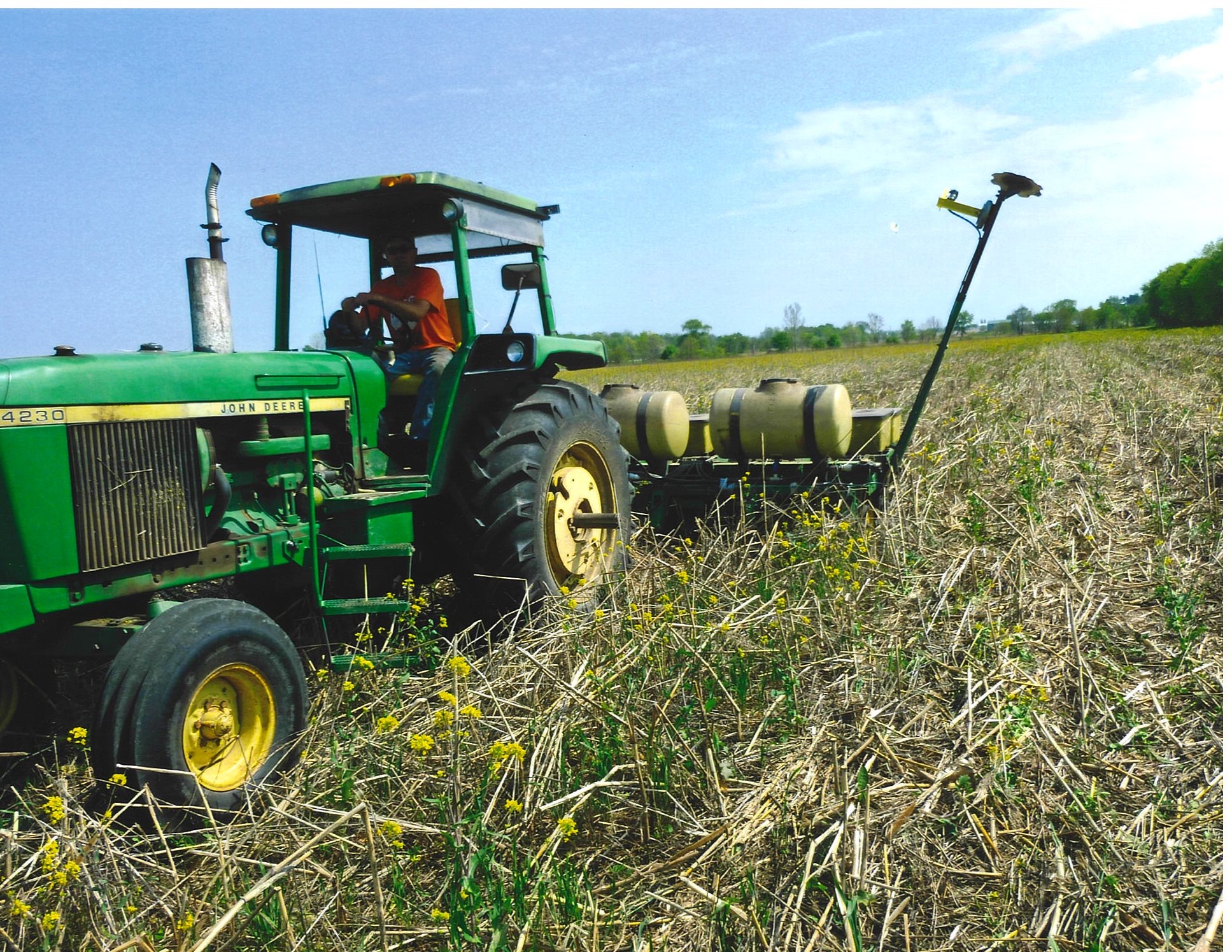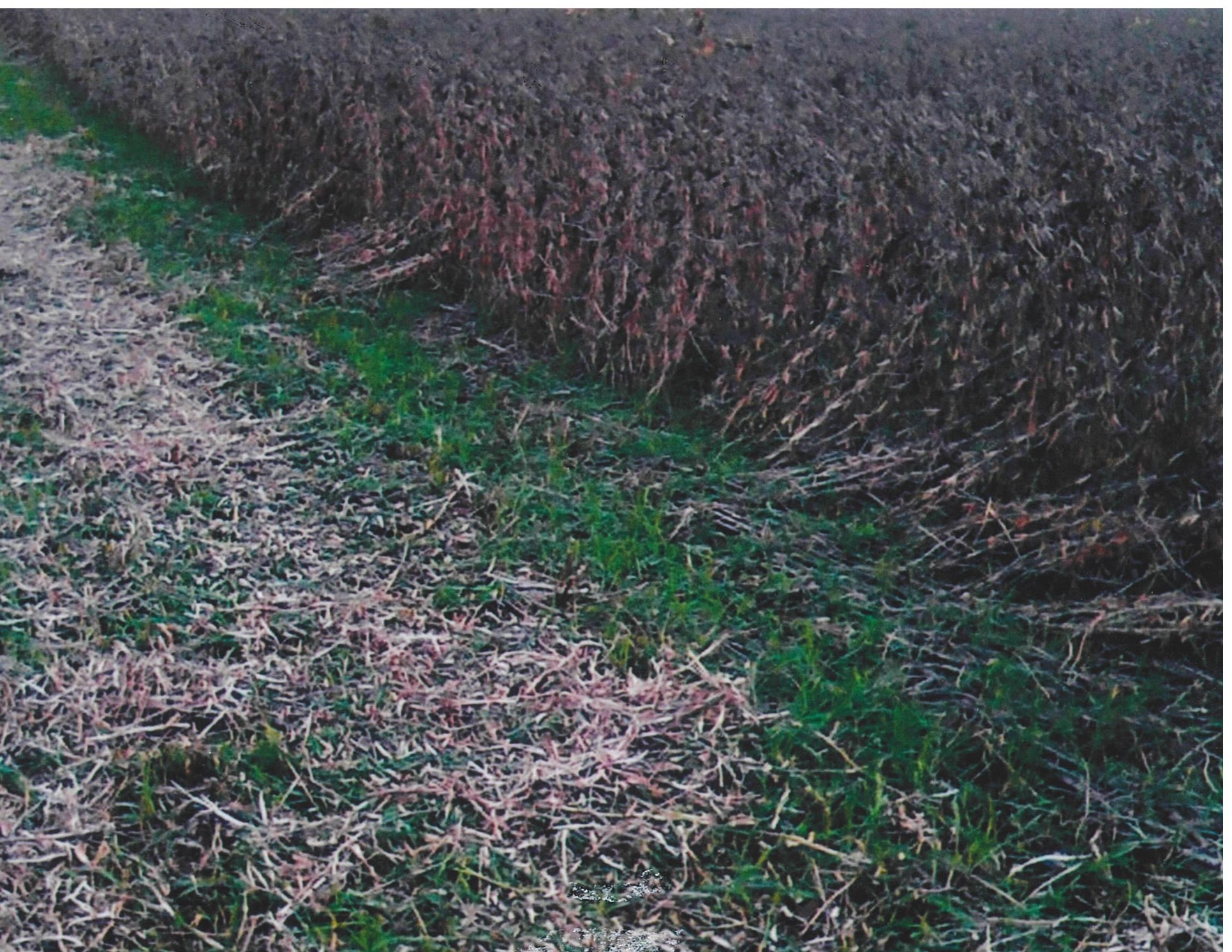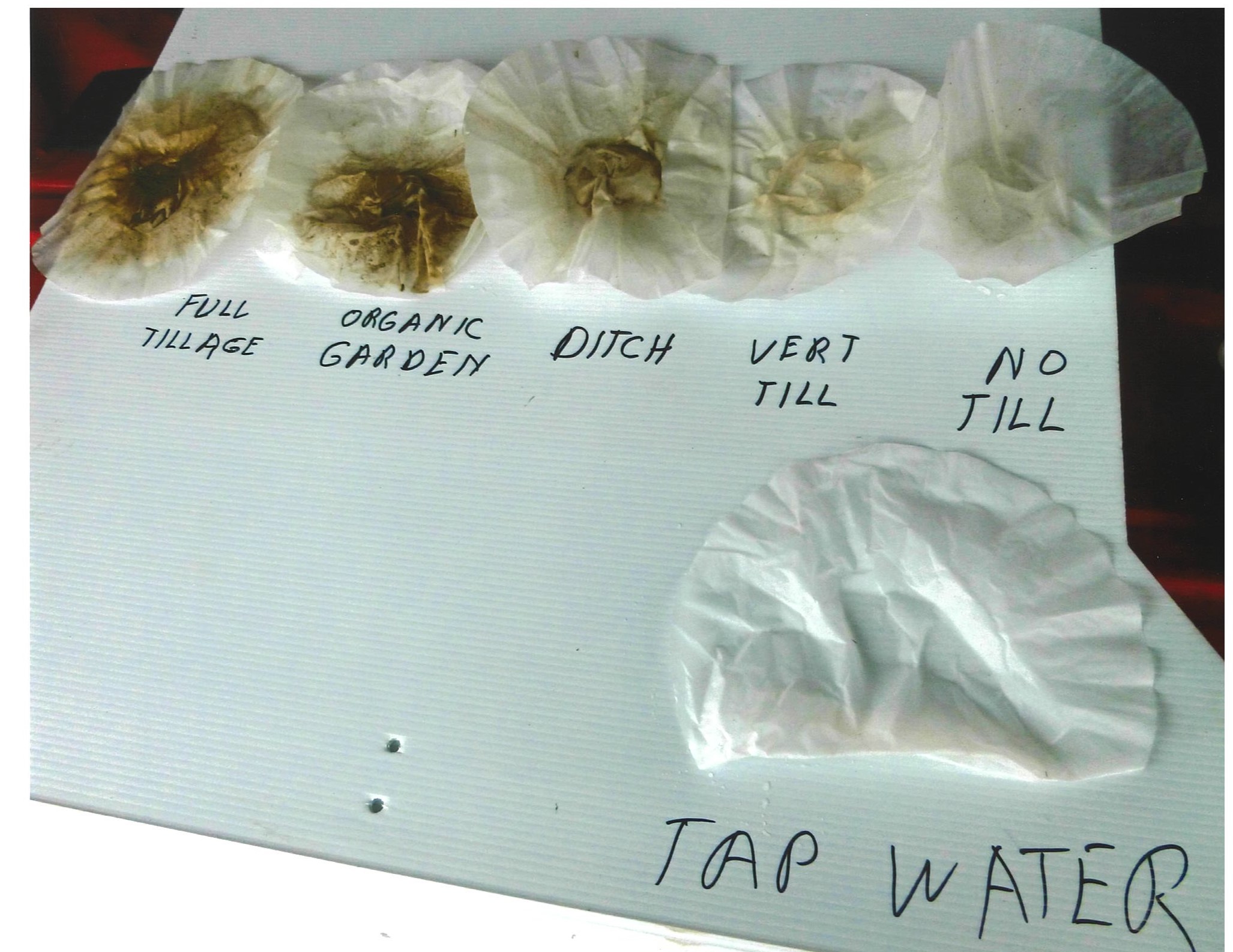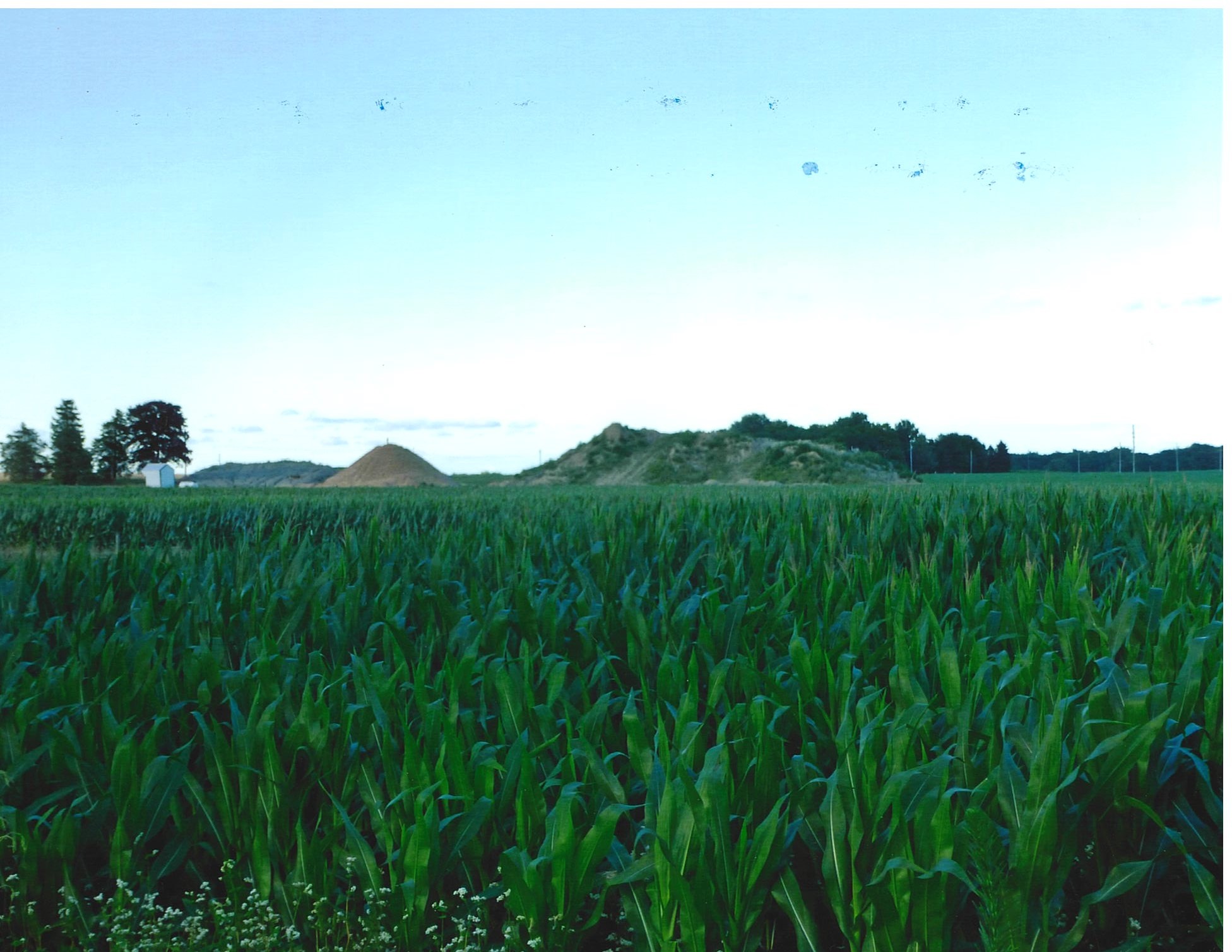Cover crops taking hold in Elkhart County
ELKHART COUNTY, Ind. -- It’s almost time to put the combines and tractors away as harvest 2018 begins to wind down, but many farmers have already planted for winter. Cover crops are a growing trend and they’re recommended for field protection over the winter months. Even if you’re not a farmer, they can benefit you, too.
“I do not plow anything; I will not even plow for a garden anymore,” said Keith Miller. He’s been farming since 1972 and started cover cropping in 1973. “Sudan grass, sunflowers, that would be canola and turnips of course. Then I have some clover, Australian winter peas and a cereal rye.” He plants a wide variety.
A cover crop is planted to protect and enrich the soil in the off season. Typically they are not harvested for profit and they are not plowed under. That goes against conventional practices.
“It's the way it's always been, farm boy gets a tractor and a plow for Christmas, he grows up and wants to use it,” Miller said.
“The number one pollutant in Elkhart County is erosion and sediment going into our streams,” said Jim Hess with the Elkhart County Soil and Water Conservation District. He’s trying to convince more farmers to plant cover crops.
“The importance is we keep our land and our nutrients here on our soil here on our land… so that affects everyone,” he said.
Field runoff flows into rivers we all use. Most of Elkhart County’s watershed goes from Goshen to Elkhart to South Bend and on to Lake Michigan.
“We get a lot of water at one time and so we want to capture that water and not let it leave the farm, leave the field,” said farmer Tom Kercher. He says he’s noticed the increase in heavy rain events.
“By capturing that water we're not going to let it contribute to flooding,” he said. Kercher saw the difference that cover crops made in his field last February. “This field you didn't see any erosion, gullies from water running, the water stayed put.”
His fields slowed the water flowing into nearby Goshen that could have made an already record-breaking flood worse.
Cover crops can help everyone, and that’s why Elkhart County is encouraging them.
The Storm Water Alliance Management Program or S.W.A.M.P was started in 2017 to help offset the cost of planting.
“It's an alliance because it gives us an opportunity for different departments in Elkhart County to work together,” Hess said.
For example: the county’s surveyor department can spend less on annual maintenance, clearing ditches because there’s less runoff.
With 29 participants in the first year, an estimated 15,000 tons of soil was kept on fields.
The program is hoping to more than double that with nearly 60 farmers signed up this year.
The program is funded in part by municipal sewer bills as part of the required MS4 program.
The county says this is a win-win, helping the environment and farmers. They can end up saving money, using less fertilizer and fuel. There are fewer passes of the tractor with no plowing involved and cover crops either hold and/or fix nutrients back into the soil.
Ask an old farmer like Keith Miller and he’ll tell you it’s about working smarter, not harder.
“It takes a lot of work to tip nature off balance. It's less work to always work with nature. Always less work. This is less work,” Miller said.
So why don’t all farmers plant cover crops? They are catching on but change is sometimes hard. What might work for one farmer may not work for another. There’s some trial and error involved—planting what’s right for your type of soil and set-up.
There’s also an added bonus for some farmers who might be able to turn a cover crop into a profit. For example selling barley to a brewery or feeding it for livestock like dairy cattle.
There are programs to promote cover crops by the USDA in every county.
SWAMP Application | SWAMP Price list | SWAMP brochure



















